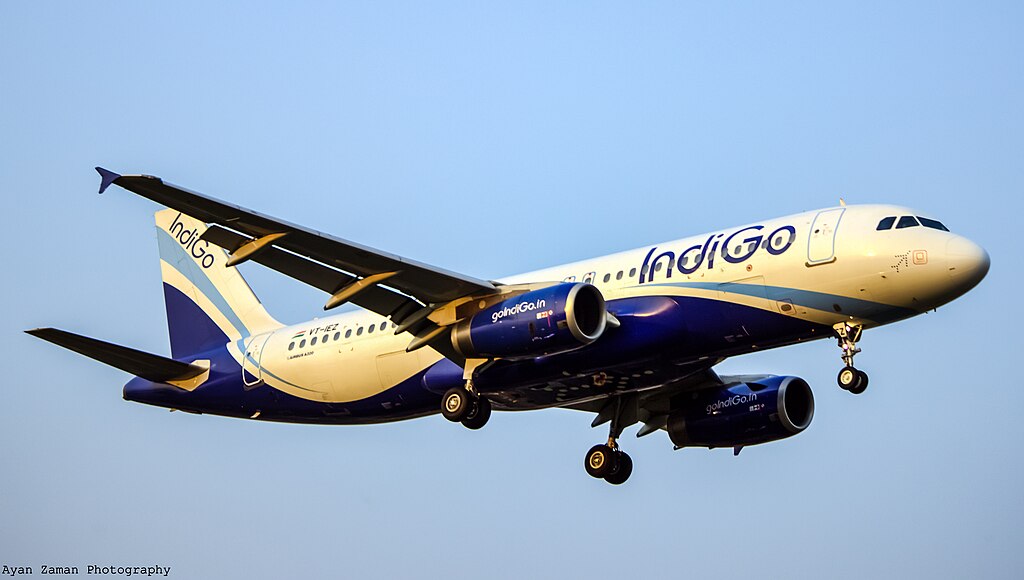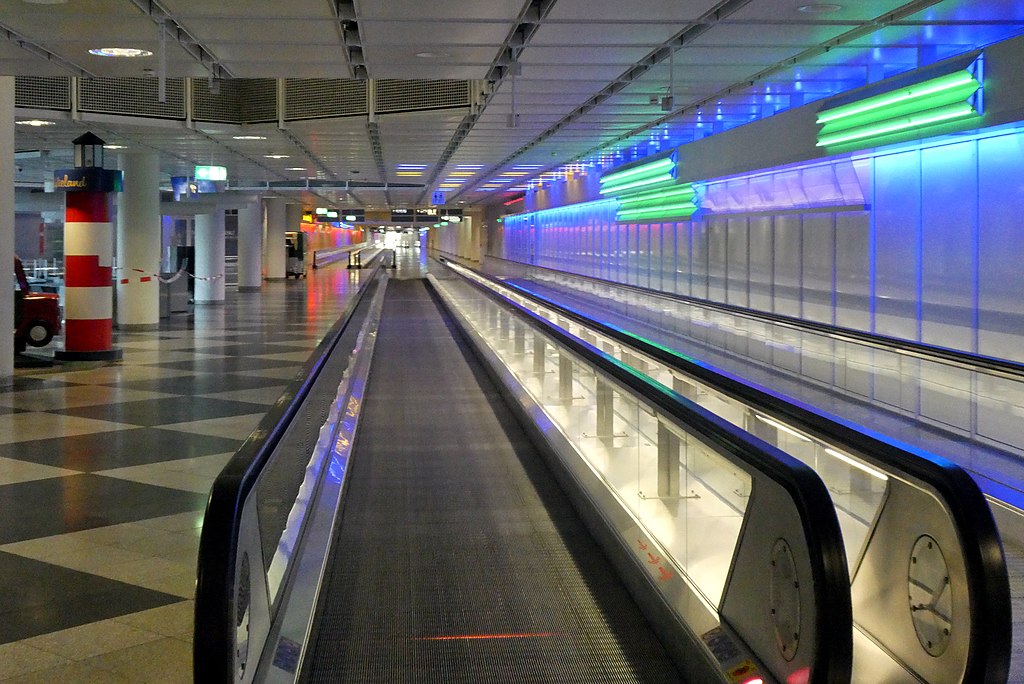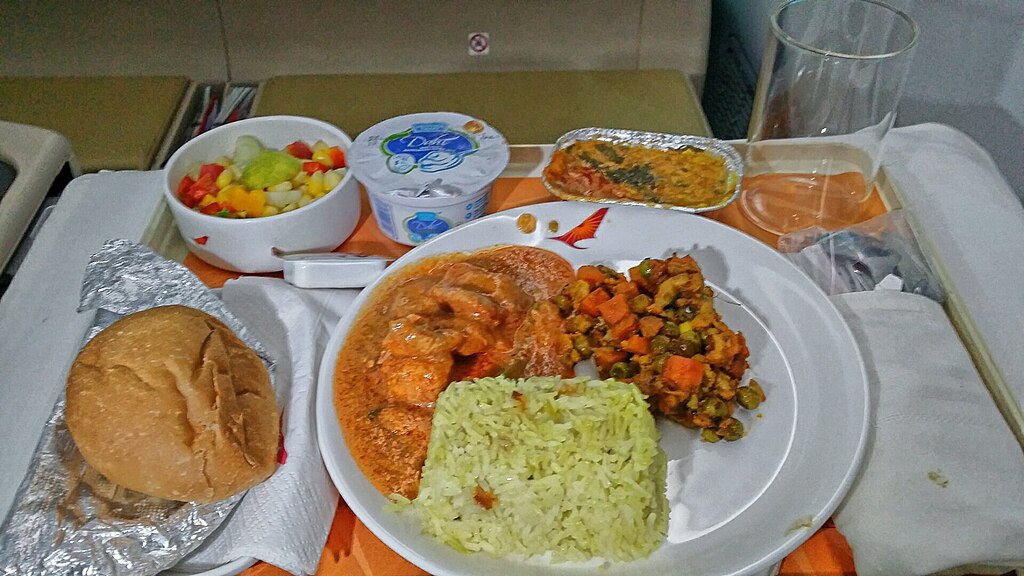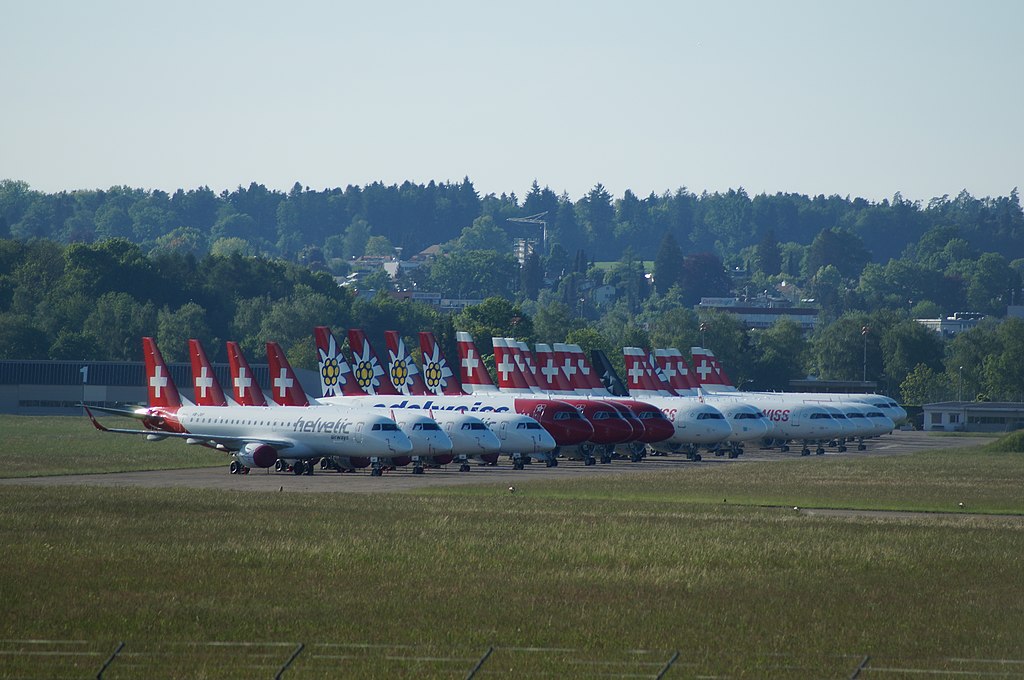India is one of the major powerhouses of aviation in the world. It has the Delhi Airport, which is one of the busiest airports for March 2025. Indigo, a budget carrier in the nation is one of the biggest budget airlines in the world. Sure there have been a few disasters such as the highjack of Indian Airlines Flight 814, but that was the last highjacking on a carrier based in India. Besides, the highjacking took place from Tribhuvan International Airport – an airport that is located in the nation that houses the most dangerous airport in the world.
But for a country as large as India, and with tremendous potential, many airlines struggle in India. Kingfisher Airlines, Jet Airways, Air Sahara are some of the names that immediately come to mind when thinking of the many failed airports in India. But why is this the case that airlines find it incredibly difficult to operate to and from India? Let’s find out.
A brief look at the numbers behind aviation in India

Photo: Fredericknoronha | Wikimedia Commons
India is the world’s fastest-growing aviation market. Here are a few numbers that solidify this fact:
- Last year, 150 million people traveled domestically in India, and 70 million traveled internationally.*
- IndiGo recently placed an order for 500 A320 planes, to be delivered between 2030 and 2035, marking the largest aircraft order in the history of commercial aviation.
- According to a report, domestic traffic in India “contributes around 69% of the total airline traffic in South Asia and India’s airport capacity is expected to handle 1 billion trips annually by 2023. “
- India has allocated close to 45 billion for the construction of airports in the nation, with close to 37 billion being utilized.
[*Note: This number exceeds the populations of 180 countries]
While these numbers might not be as impressive as the ones in the US, it is impressive nonetheless. But in order to dive deeper into why aviation in India isn’t booming as well as it is supposed to, we need to dive deeper behind these numbers.
Reasons why airlines fail in India
Running an airline requires substantial financial resources. Richard Branson, the founder of Virgin Atlantic, once said,
“If you want to be a millionaire, start with one billion dollars and start an airline.”
This is because you need millions (which can add up to billions) to buy an aircraft. The world’s largest passenger aircraft, the Airbus A380, cost around $250 million. And if you are an airline aspiring to run a fleet of ten such aircraft, the costs of simply buying aircraft become billions of dollars.

Photo: Md Shaifuzzaman | Wikimedia Commons
Even after the purchase of aircraft, the airlines have a tough job maintaining operations. Let’s take a look at the reasons why how each of these factors plays a crucial role in India’s aviation.
India’ doesn’t have its own fuel
Airlines spend 35-50% of their budget on aviation fuel. [With widespread adoption of sustainable aviation fuel, airlines might have to dedicate much more money for fuel]. In India, aviation turbine fuel (ATF) is processed from crude oil, and its price is directly linked to international crude oil prices.
Between July 2007 and 2008, crude oil prices rose from $76 to $132 per barrel, causing premium airlines like Kingfisher to lose billions. During the spike seen in the price of crude oil, the Indian Rupee was also falling in comparison with the Dollar, making compounding Kingfisher’s woes. The problems were also faced by other airlines in the nation, reported India Times:
” It said that while passenger revenue rose 9 per cent, its revenue per average seat kilometre fell by 16 percent from a year earlier even as its cost per average seat kilometre rose 8 per cent. Kingfisher’s aircraft fuel bill jumped 70 percent. Private carriers Jet Airways, the country’s largest airline, and budget operator SpiceJet, also reported losses in the September quarter. Kingfisher has become one of the main casualties of high fuel costs and a fierce price war between a handful of airlines which, between them, have ordered hundreds of aircraft for delivery over the next decade in an ambitious bet on the future.”
India does not have its own oil reserves and must import fuel. Airlines in the Middle East, on the other hand, might be able to operate better than ones in India as those airlines would be operating out of the hubs in their own nations with oil reserves. Apart from the fact that price fluctuations significantly affect Indian airlines, high tax imposed on ATF also hurts India:
“States impose a value-added tax (VAT) on ATF which could be as high as 30%. Aviation Minister Jyotiraditya Scindia last year wrote personally to 22 chief ministers to bring down VAT, arguing that a lower rate favours states as well since it means greater number of flights coming into the states and higher amount of refuelling.”
Uncertainty in aviation operations in India
If you are traveling to/from in Delhi Airport during winter, chances are the fog season will disrupt a number of flights and cause a flurry of cancellations. However, a visible number of Indians are frustrated with a lack of transparency about the information related to the delay in flights are delayed, in addition to:
- Lack of management of food provisions or offer facilities during cancellation/ delays of flights
- Lack of the airline facing fines despite making mistakes.
Pandemic situation

Photo: Renardo la vulpo | Wikimedia Commons
Back in 2019, COVID-19 severely hampered global aviation:
- Airlines were expected to lose $84.3 billion in 2020.
- Losses decreased to $51 billion in 2021,
- In the subsequent year, the losses further reduced to $11.6 billion
Despite the impressive recovery in the years after the pandemic, The IndianExpress reported that the global health crisis threw a number of airlines in India under the bus. According to the Business Standard:
” As per the data, seven airlines have been shut down in the last five years till July 21, 2023. Two airlines — Heritage Aviation Pvt Ltd and Turbo Megha Airways Pvt Ltd — were shuttered in 2022. Three carriers — Zexus Air Services Pvt Ltd, Deccan Charters Pvt Ltd and Air Odisha Aviation Pvt Ltd — were shut down in 2020.”
But one ought not single out India for airlines ceasing to operate after the heavy brunt of Covid-19. A report from CNN has it that 64 airlines were shut following the pandemic.
Difficulty in prediction of operations
Airlines have approximately three main avenues to earn money they are. One of them is from ticket sales, which might include other avenues of earning such as:
- Ticket modification
- Ticket cancellation
- Seat selection
- Excess baggage
- Special service request
In addition, there are earnings from cargo, and also by food and beverage. Full-service airlines like Air India and Vistara offer meals on domestic flights, and a now-defunct carrier, Jet Airways also provided meals to its passengers while budget airlines such as IndiGo, SpiceJet, and FLY SMART do not offer meals; instead, they allow passengers to pre-book meals or purchase them in-flight.

Photo: Abhinav619 | Wikimedia Commons
In India, major commercial airlines generate most of their revenue from passenger-related services. However, it is challenging to predict how many passengers will travel in a specific month, making it difficult for airlines to determine the required number of airplanes. Recently, the tourist town of India was bereft of travelers, showing how even popular destinations in India might not see as much activity as predicted, making it difficult for airlines to plan for flight operations and acquisition of aircraft.
Congestion of aircraft of non-operating airlines at airports in India

Photo: albinfo | Wikimedia Commons
Airlines must pay fees to airports for parking their aircraft. In India, domestic and international flights take off from the same terminal, which increases charges. Additionally, many aircraft from insolvent airlines remain at various airports, occupying space without paying for it. Further, the grounding of more than a hundred aircraft in more than ten airport in the nation, also added to the operations of airlines in India as far as 2023. According to the National Herald India:
” Out of the total, the highest number of grounded aircraft is at Delhi airport at 64, followed by Bengaluru (27), Mumbai (24) and Chennai (20). At the Delhi airport, IndiGo’s 24 aircraft and Go First’s 23 planes are lying idle. Other carriers whose planes are grounded there are SpiceJet (6), Air India (2), Zoom Air (5), Jet Airways (3) and Alliance Air (1). In Mumbai, nine planes of Go First and six aircraft of Jet Airways are lying idle. Other airlines having grounded aircraft at the airport there are Air India (4), General Aviation (4) and SpiceJet (1). A total of 29 aeroplanes are lying idle at the airports owned and managed by the Airports Authority of India (AAI).”
Much like the problems faced during the pandemic, the grounding of many aircraft following the widespread issues with Pratt and Whitney engines wasn’t insular to India, though.
Difficulty in establishing brand loyalty in Indian aviation
The last reason is brand loyalty. In India, while the number of airline passengers is high due to the large population, the per capita traveler rate reveals that many Indians have never taken a flight. Only 1% of India’s population accounts for about 45% of the flights. In this context, building and maintaining brand loyalty is challenging.
In a nation where a large number of people travel by trains, operational and feature costs aossicated with a much more expensive mode of transportation i.e., airlines, isn’t the topmost priority. Many people would prefer a cheap mode of transport. It is difficult to establish brand loyalty in a market where customers prioritize low-cost options. This is one of the reasons why Indigo took the airline industry of India by storm.
